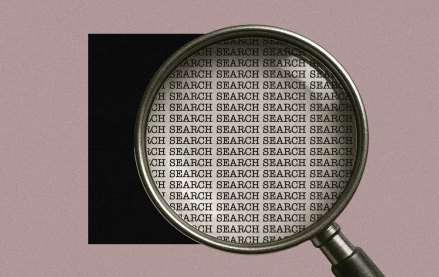Register by Jan 13 to save on passes and connect with marketers from Uber, Bose and more

As the 1990s dawned, so, too, did the Internet era. The totems of the new age were the dial-up signal and the ubiquitous AOL CD. In February 1991, AOL for DOS was launched using a GeoWorks interface, followed a year later by AOL for Windows. Toward the end of the decade, its subscriber base swelled to the 10 million mark. In 1998, the film “You’ve Got Mail” confirmed AOL’s iconic e-mail greeting’s status as a cultural touchstone.
For the first time, it seemed as if just about anything and everything was at our fingertips. Owning your own email address was a novelty, and real-time chats were thrilling. Social currency was measured by how many friends you had on Instant Messenger. AOL may be more of an advertising technology company today, but for Throwback Thursday, we’re celebrating the ads that helped fuel America Online’s race down the information superhighway.
More in Media

Future starts to sharpen its AI search visibility playbook
Future is boosting AI search citations and mentions with a tool called Future Optic, and offering the product to branded content clients.

Digiday’s extensive guide to what’s in and out for creators in 2026
With AI-generated content flooding social media platforms, embracing the messiness and imperfection of being human will help creators stand out in the spreading sea of slapdash slop.

Media Briefing: Here’s what media execs are prioritizing in 2026
Media executives enter 2026 weathered by disruption, but refocused on AI revenue, brand strength and video and creator opportunities.





